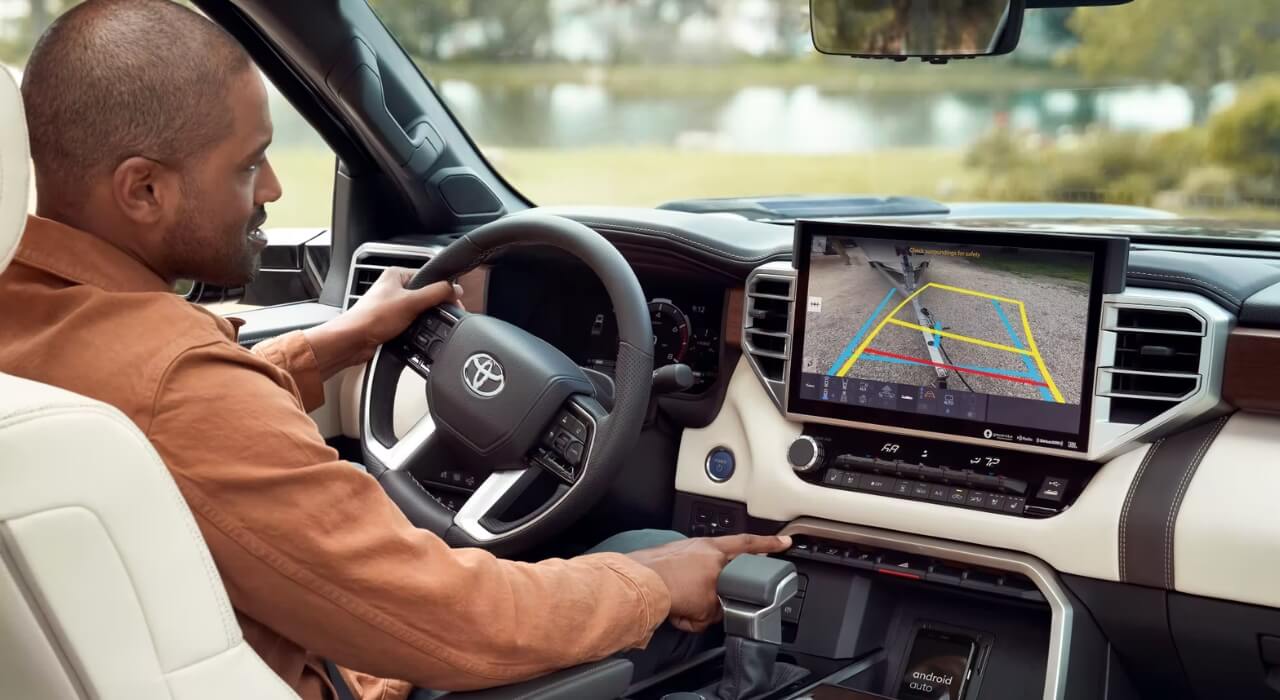Navigating Traffic Laws: How Car Safety Features Can Help You Stay on the Right Side of the Law
Driving on the roads is not just a matter of convenience; it comes with a set of rights and responsibilities. Understanding and adhering to traffic laws is paramount for ensuring safety and preventing accidents. In this digital age, as vehicles become more technologically advanced, an intriguing synergy is emerging between awareness of road rights and the incorporation of cutting-edge car safety features. This article explores how these safety features can serve as invaluable tools in helping drivers stay on the right side of the law.
The Foundation of Traffic Laws
Before delving into the role of car safety features, it’s essential to grasp the foundation of traffic laws. These regulations are in place to create a structured and predictable environment on the roads, ensuring the safety of all drivers and pedestrians. From speed limits to signaling, adherence to these laws is crucial for preventing accidents and maintaining order on our roadways.
Car Safety Features and Traffic Law Compliance
Adaptive Cruise Control
One of the significant challenges in adhering to traffic laws is maintaining a consistent and safe speed. Adaptive cruise control (ACC) is a feature that automates speed management, adjusting the vehicle’s speed based on the flow of traffic. By doing so, ACC not only enhances driver comfort but also helps in avoiding speeding violations. This technology is particularly useful on highways, where speed limits can vary.
Suggestion: Uniden R7 Vs R8 – Find The Best Radar Detector For 2024
Speed Limit Assist
In conjunction with navigation systems and cameras, some vehicles are equipped with speed limit assist features. These technologies can read and interpret road signs, alerting drivers when they exceed the posted speed limits. By providing real-time information, speed limit assist prevents inadvertent speeding and fosters a heightened awareness of the legal speed parameters on different road segments.
Traffic Sign Recognition
Traffic sign recognition systems use cameras and image processing to identify and interpret traffic signs. This includes recognizing speed limits, stop signs, and other regulatory signs. By displaying this information on the vehicle’s dashboard or heads-up display, drivers are reminded of the prevailing traffic laws, reducing the likelihood of unintentional violations.
The Intersection of Awareness and Technology
The integration of these safety features is not just about automating driving tasks but also about creating a more informed and responsible driving experience. When drivers are aware of the traffic laws and combine that awareness with the assistance of these features, it leads to a harmonious coexistence of human driving intuition and technological precision.
Knowing Your Rights if Involved in an Accident
Even with advanced safety features, accidents can still happen. In the unfortunate event of a collision, it’s crucial for drivers to know their rights. This includes:
Also Check: Are Radar Detectors Legal In USA? – Know Before You Buy In 2024
Immediate Steps:
- Ensure safety: Move to a safe location if possible and turn on hazard lights.
- Check for injuries: Assess yourself and others for injuries and call for medical assistance if needed.
- Contact authorities: Report the accident to the police, providing accurate information.
Documenting the Scene:
- Exchange information: Collect details from all parties involved, including names, contact information, insurance details, and vehicle registration numbers.
- Gather evidence: Take pictures of the accident scene, vehicle damage, and relevant road signs or signals.
- Obtain witness information: If there are witnesses, gather their contact details.
Seeking Legal Advice:
- Consult an attorney: If there are disputes or concerns about liability, seeking legal advice is crucial.
- Notify your insurance company: Report the accident promptly to your insurance provider.
Knowing your rights after an accident empowers you to take the necessary steps to protect yourself legally and ensure a smoother resolution to any potential disputes.
Practical Implications for Drivers
Reducing Traffic Violations
The most direct impact of these safety features is a reduction in traffic violations. Whether maintaining a safe following distance through adaptive cruise control or being alerted to speed limits, drivers are less likely to unintentionally breach traffic laws. This contributes to personal safety and minimizes the risk of fines and legal complications.
Enhancing Road Safety
Beyond compliance, these safety features significantly contribute to overall road safety. By preventing speeding and encouraging adherence to traffic signals, they help create a safer driving environment for everyone on the road. This, in turn, reduces the likelihood of accidents and promotes a culture of responsible driving.
Fostering Legal Awareness
Car safety features serve as continual reminders of traffic laws. They create a symbiotic relationship between the driver’s consciousness of legal parameters and the technological reinforcement of those parameters. This, over time, fosters a heightened awareness of and adherence to traffic laws, making the roads safer for all.
Suggestion: 7 Best Carburetors for 350 Chevy in 2023 – 2 Barrel, 4 Barrel
Overcoming Challenges and Looking Ahead
While car safety features contribute significantly to traffic law compliance, challenges remain. Drivers must remain engaged and not overly reliant on these technologies. Continued education and awareness campaigns are essential to ensure that drivers understand the limitations of these features and the importance of their active participation in safe driving.
Looking ahead, advancements in vehicle-to-vehicle communication and smart infrastructure integration hold promise for further enhancing traffic law compliance. As vehicles become more interconnected, they can share real-time information about road conditions, speed limits, and potential hazards, creating a more dynamic and responsive driving environment.
In the evolving landscape of road safety, the intersection of awareness of traffic laws and the integration of car safety features marks a pivotal moment. By understanding and embracing these technological advancements, drivers enhance their personal safety and contribute to the broader goal of creating a more secure and efficient transportation system. As we continue to navigate the roads of the future, the synergy between human consciousness and technological assistance will play a crucial role in ensuring that we all stay on the right side of the law.


















